All photos by author.
Laura Avila has dedicated her life to helping migrants who pass through Guadalajara, Mexico’s second largest city on the infamous train line known as “the beast” on their way to America.
Videos by VICE
La Bestia, also known as “el tren de la muerte” or the death train, is a network of freight trains running from central America, traversing Mexico to the United States.
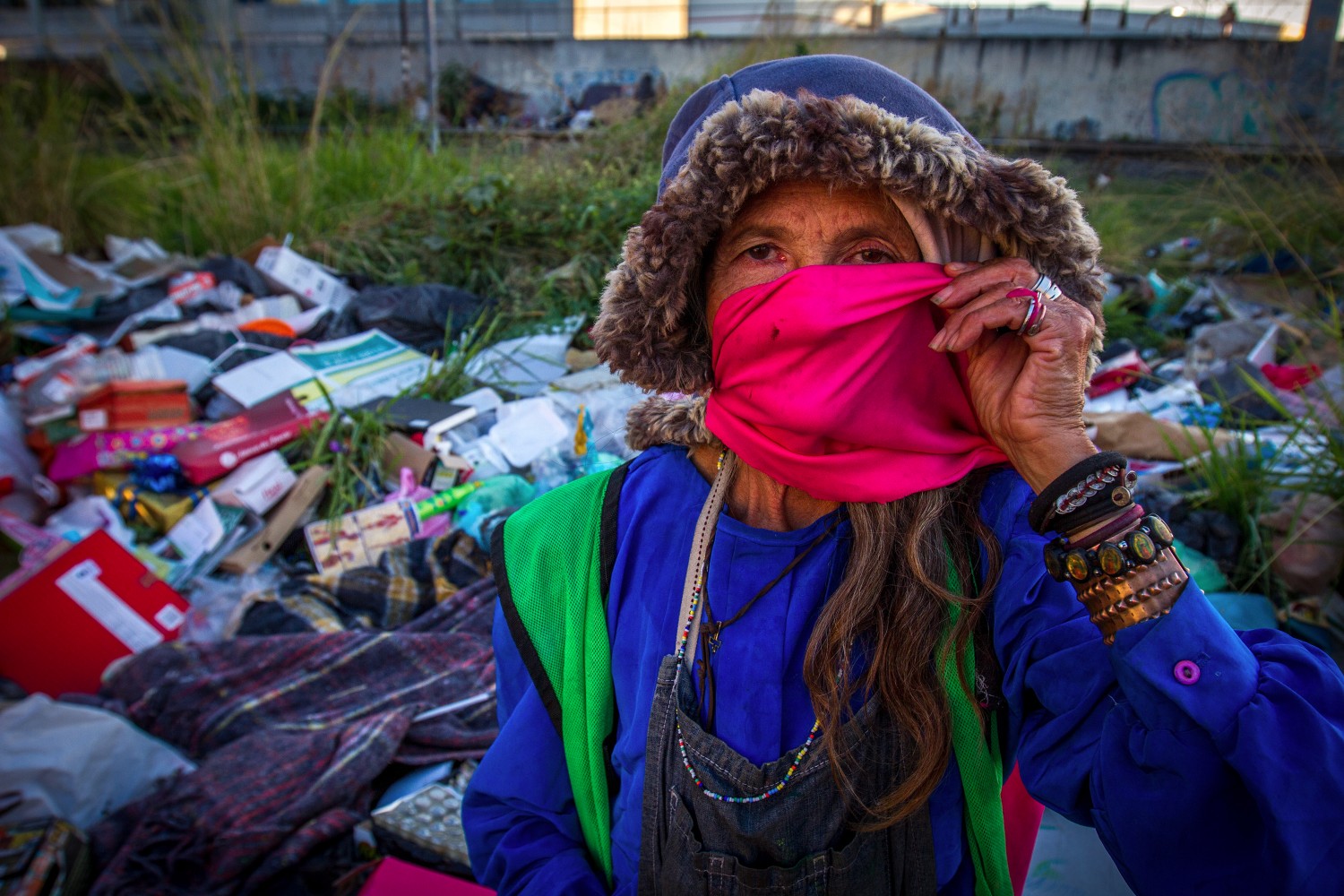
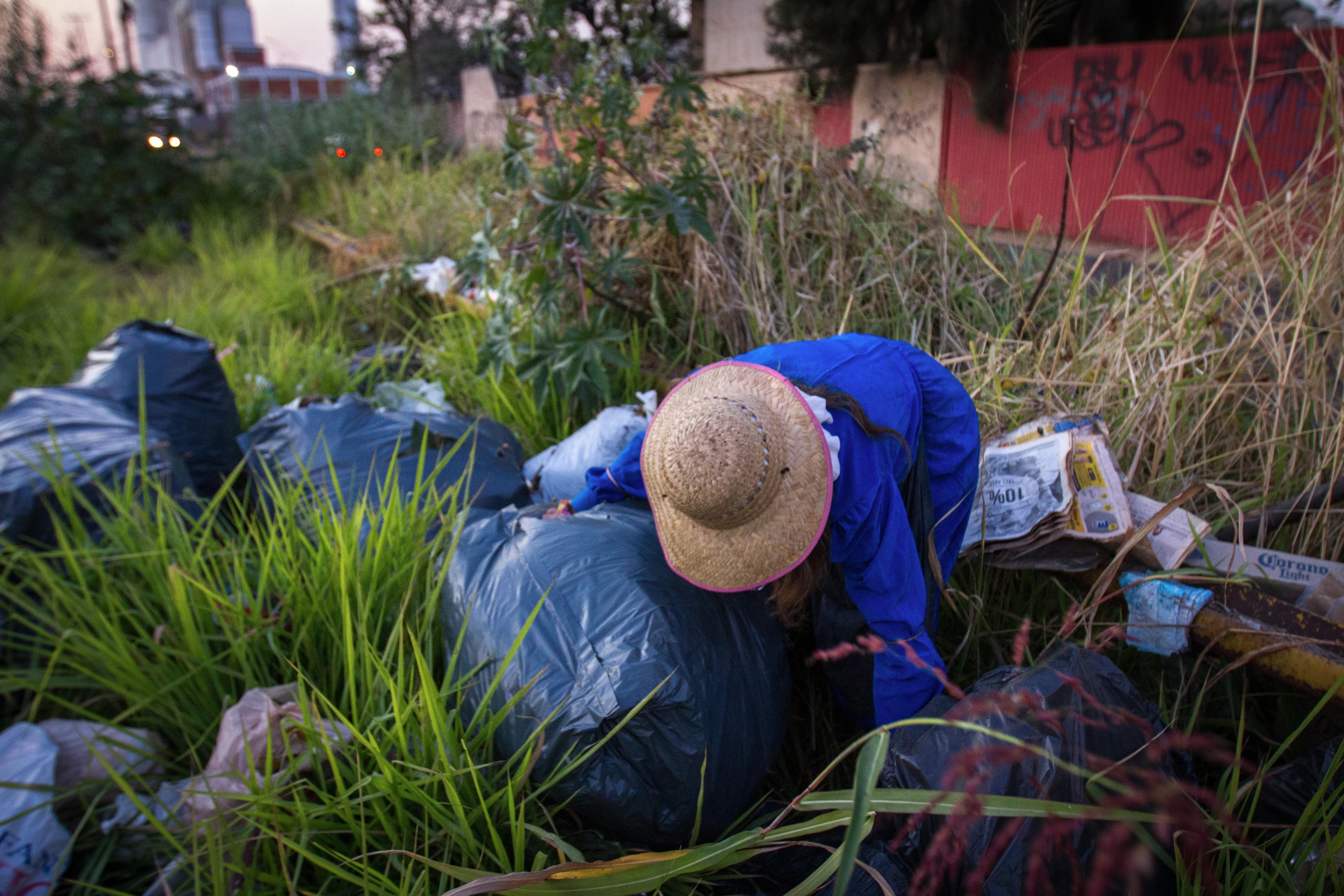
Walk along the tracks in Guadalajara, and you will encounter an endless stream of migrants from Guatemala, Honduras, and southern Mexico. Most migrants travelling on the beast through Guadalajara have already spent days or weeks holding onto a freight train for dear life.
They hop off the moving train near the market in Guadalajara to find enough food to sustain them for the next leg of their trip, often selling or trading whatever they can find to survive.

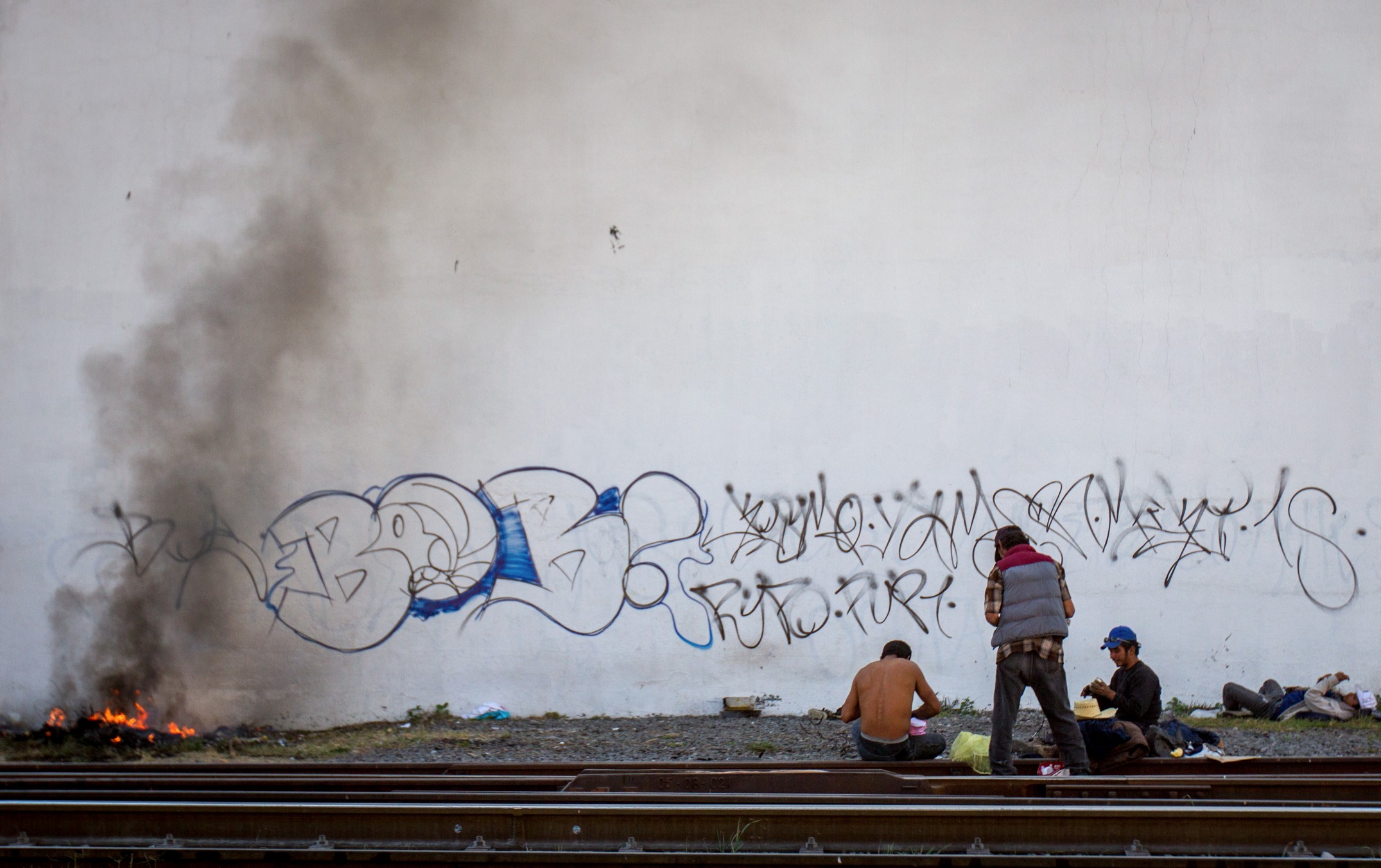
When the migrants are strong enough for another leg of the trip, they will run and hop onto a freight train as it slows down to pass through heavily populated areas of Guadalajara, gradually making their way to the US.
Although the 64-year-old Avila has lived in Guadalajara all of her life, she sets up camp along the tracks as well, living with new neighbours every day.

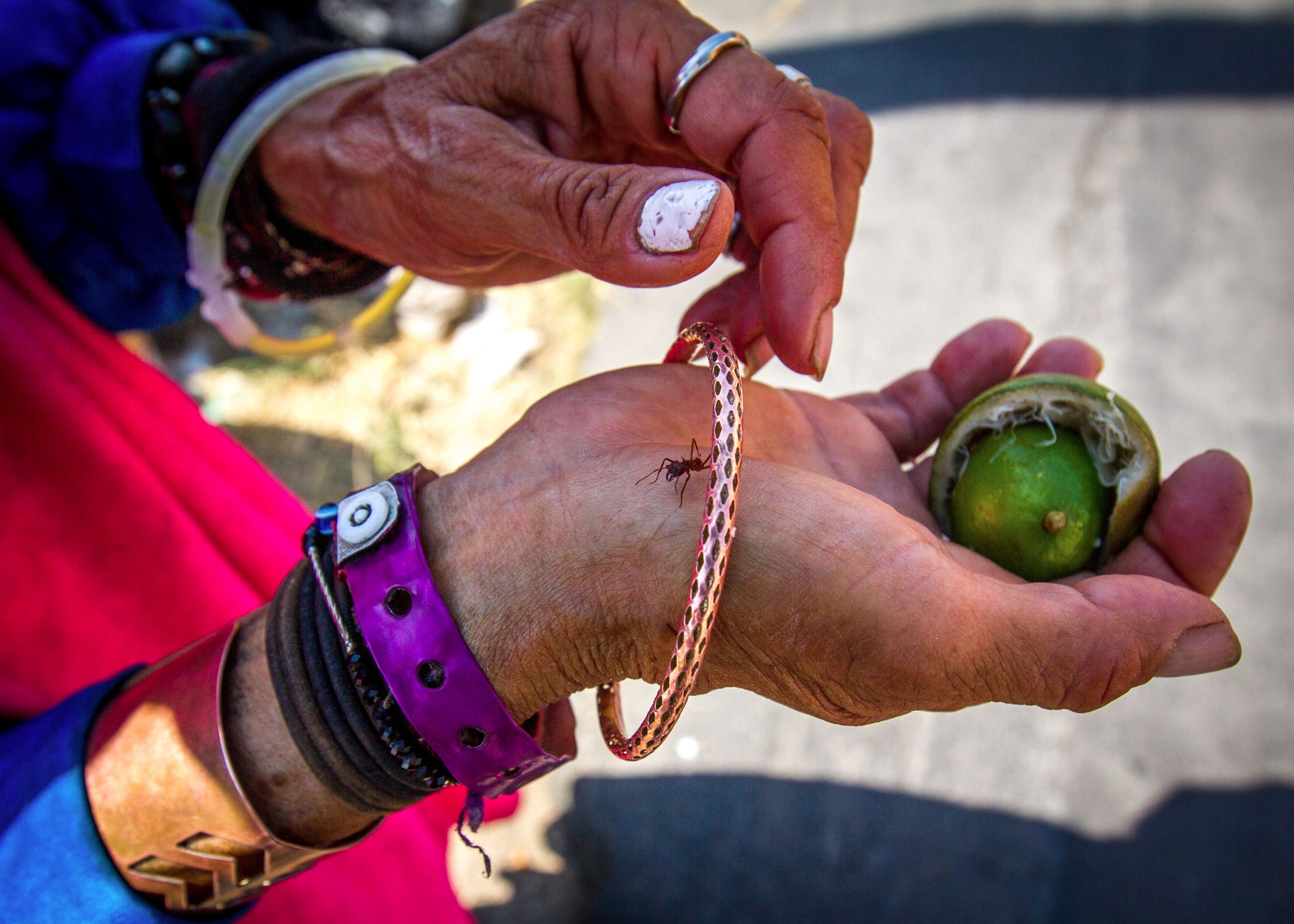
“I do whatever I can to help people,” said Avila, who lives on a pile of salvaged trash near the train tracks. “It’s why I’m here on earth.”
Avila spends her days salvaging usable trash from a nearby open market, and giving the goods to migrants who can use them.
Avila is not alone in the fight to help migrants in Mexico. A thousand kilometers east of Guadalajara, in the state of Veracruz, there is a network of women known as “las patronas.”
These women stand by the tracks every day as the beast runs through town and toss groceries to the hungry men, women, and children.
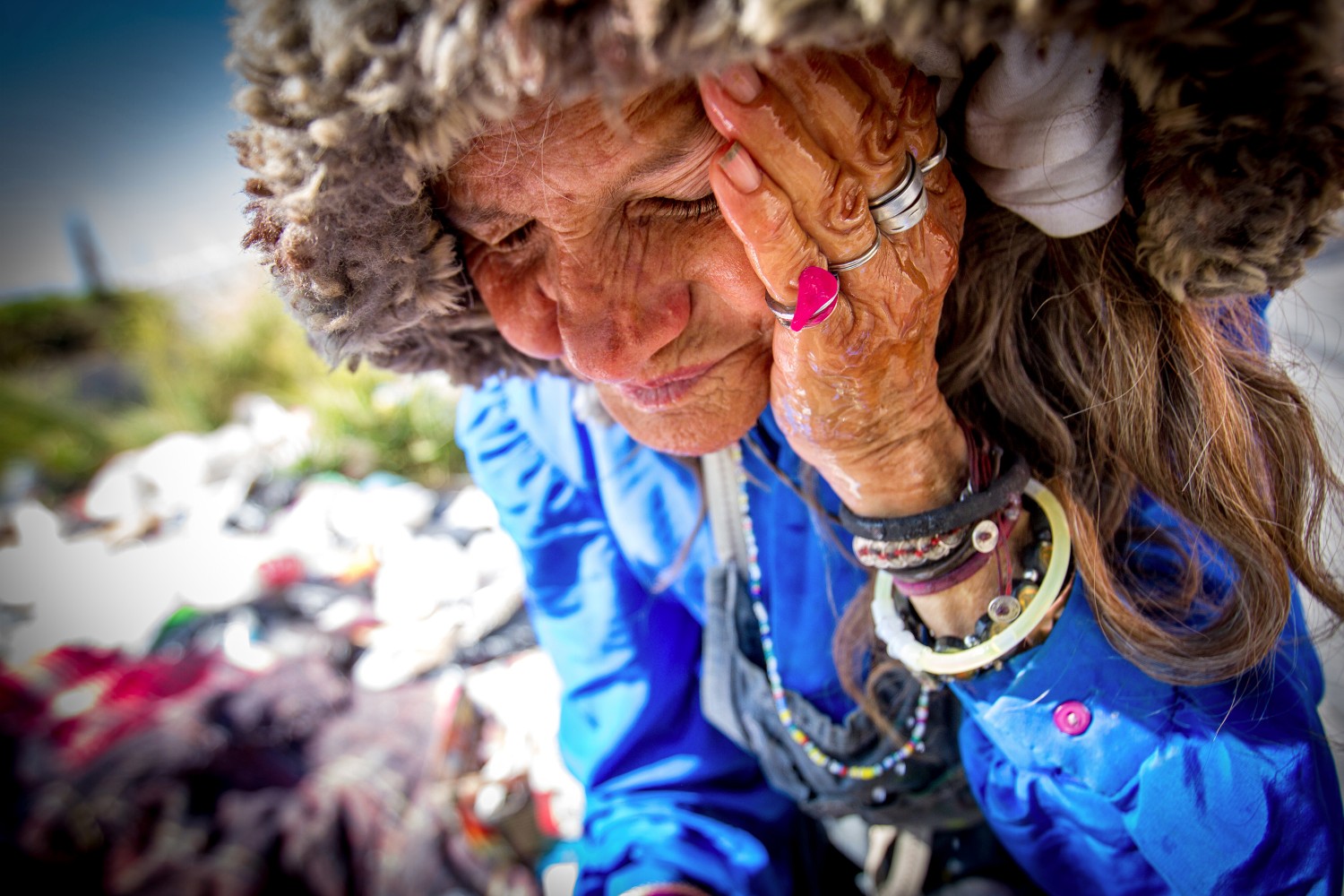
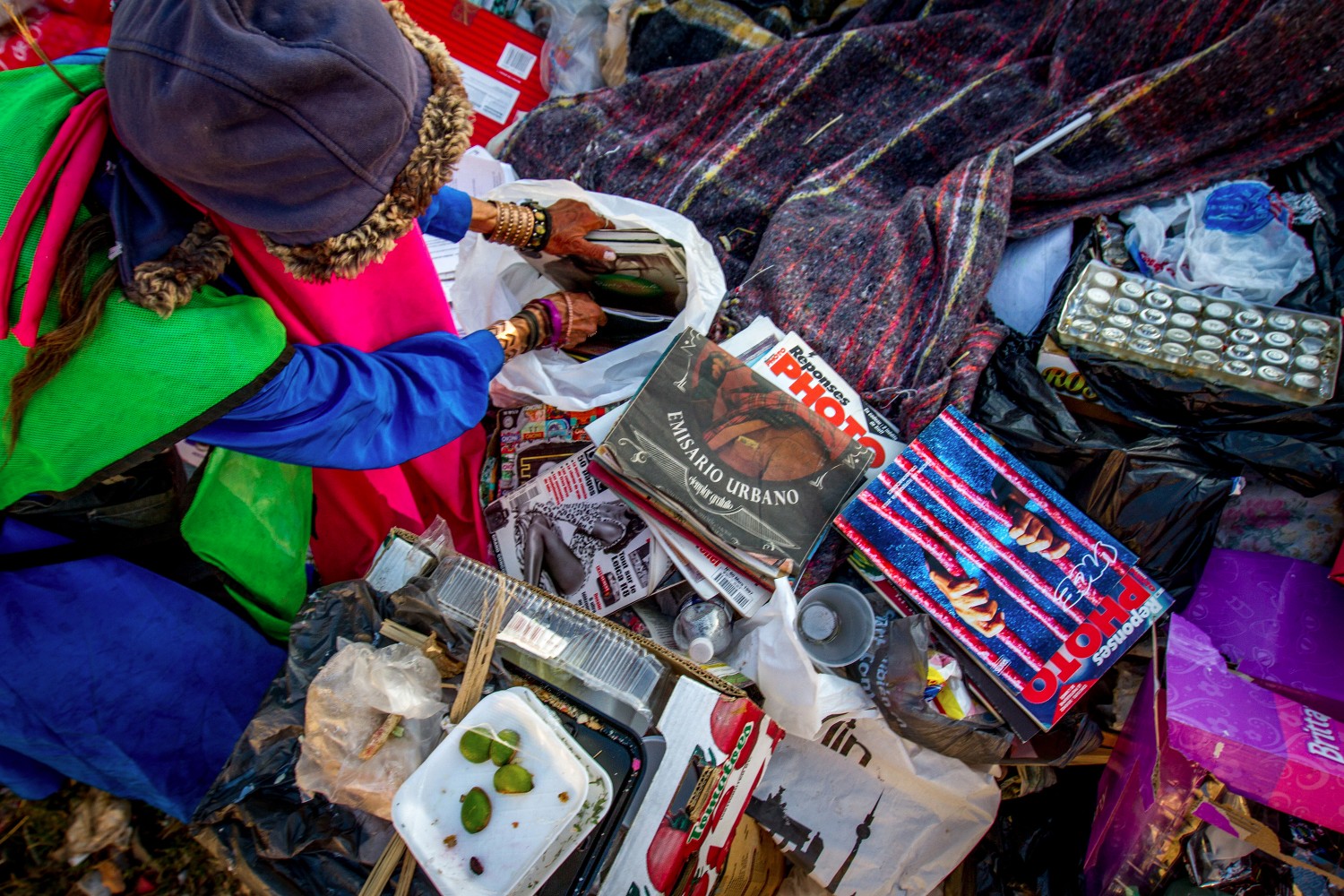
Although this group of women is widely known across Latin America, Avila is part of a lesser known tradition of women living along the length of the tracks to the US who help out migrants in whatever way they can.
“Sometimes, for example, I will find a perfect shoe box. I know there are always migrants trying to sell shoes around here to get some food. I will give them a shoe box to make them look more professional, and maybe they will have an easier time selling their shoes,” said Avila.
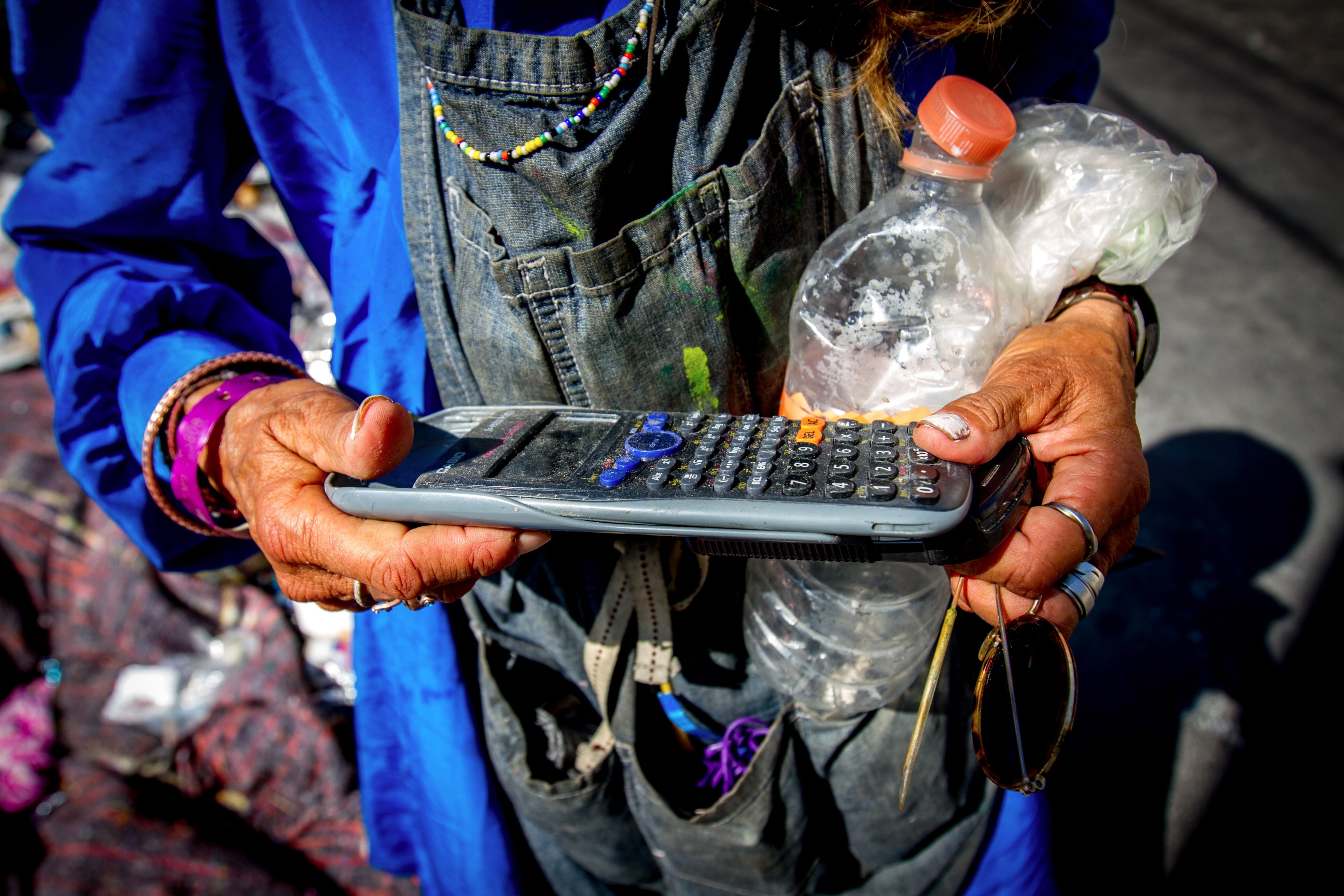
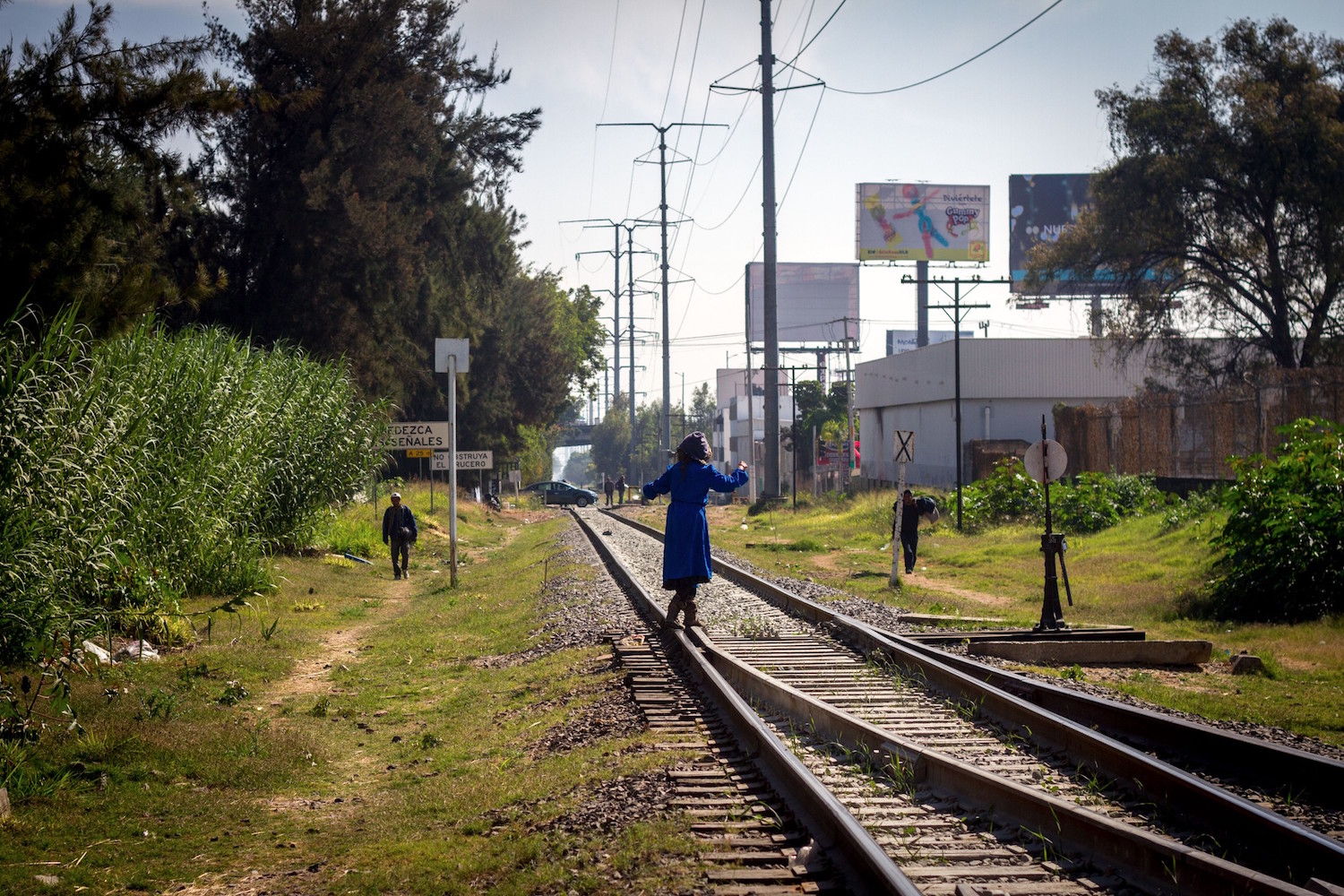
Avila speaks unbroken English, despite a lack of traditional education.
“I wanted to study languages in my youth, but my father forced me to marry and have children when I was very young,” she said.
Avila’s husband worked in a factory making clothing for decades.
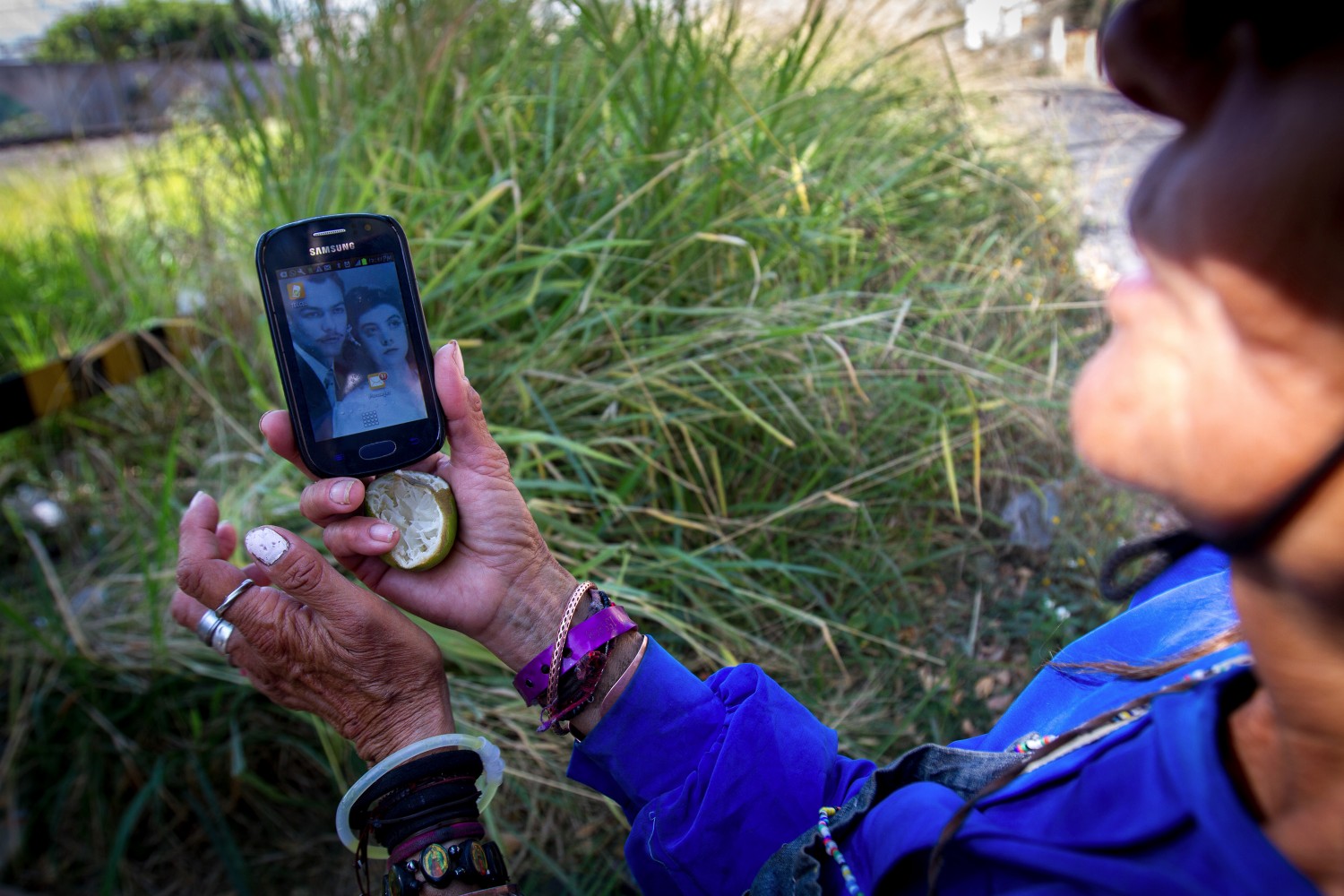
“He worked in very poor conditions, it was horrible. He began huffing cement at work with his colleagues to cope. He died at the age of 30,” she said.
After the death of her husband, Avila was left to fend for herself, without an education to fall back on, she decided to start collecting junk and trading it for food.
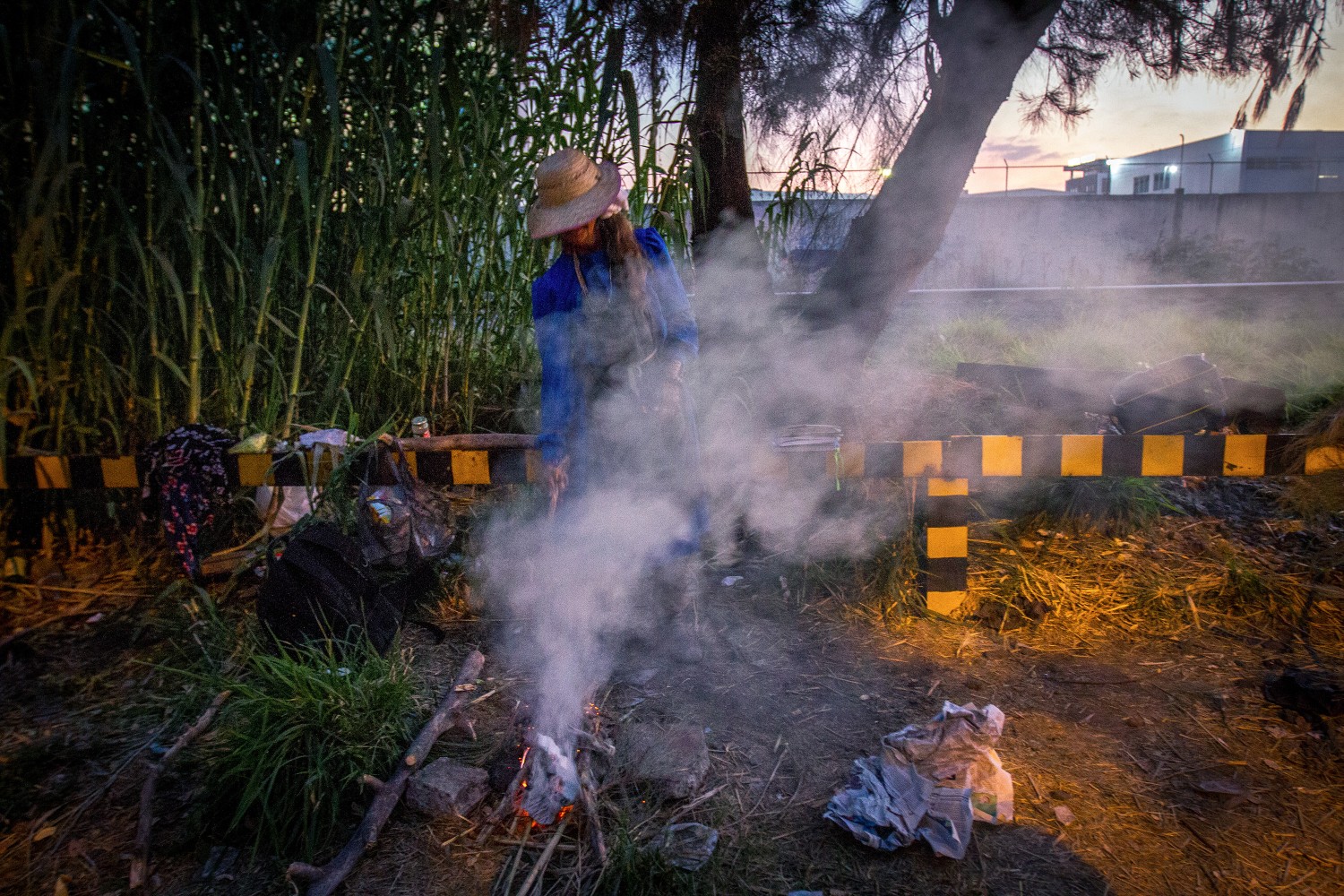

Avila has three daughters, two of them in Mexico City, and one who lives a hundred yards from Avila’s bed of junk in Guadalajara.
“I could live with my daughter in those apartments over there, but I am used to living outdoors. I love nature and I love the people who come through this part of town looking for a better life.”
Follow Chris Donovan on Twitter.




